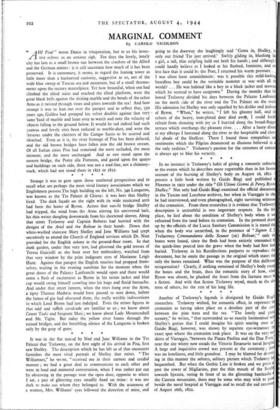In no instance is Trelawny's habit of giving a romantic
colouring to the events which he describes more regrettable than in his fainoui account of the burning of Shelley's body on August 16, 1822. 1 possess a little book written by Guido Biagi and published Florence in 1922 under the title "Gli Ultimi Giorni di Percy Bysshs Shelley." Not only had Guido Biagi examined the official document in the Tuscan and Lucchese archives, but when in Viareggio in I he had interviewed, and-even photographed, eight surviving witnessa of the cremation. From these researches it is evident that Trelawny' description is untruthful in two important respects. In the firi place, he lied about the condition of Shelley's body when it Val exhumed from the sand before its cremation. In the protocol drawn up by the officials of the Lucca Sanitary Commission it is stated t when the body was unearthed, in the presence of "Signor E.1. Trelaconey Cornmandante dello Scuner (sic) Bolivar," only tht bones were found, since the flesh had been entirely consumed bc the quick-lime poured into the grave when the body had first be• buried. Trelawny in his Recollections purports to reproduce di document, but he omits the passage in the original which states only the bones remained. What was the purpose of this delibera misquotation? Clearly, if nothing remained of Shelley's body exce' the bones and the brain, then the romantic story of how, Byron was absent, he plucked the heart from the furnace must a fiction. And with that fiction Trelawny toyed, much to the di tress of others, for the rest of his long life.
* * * *


























 Previous page
Previous page